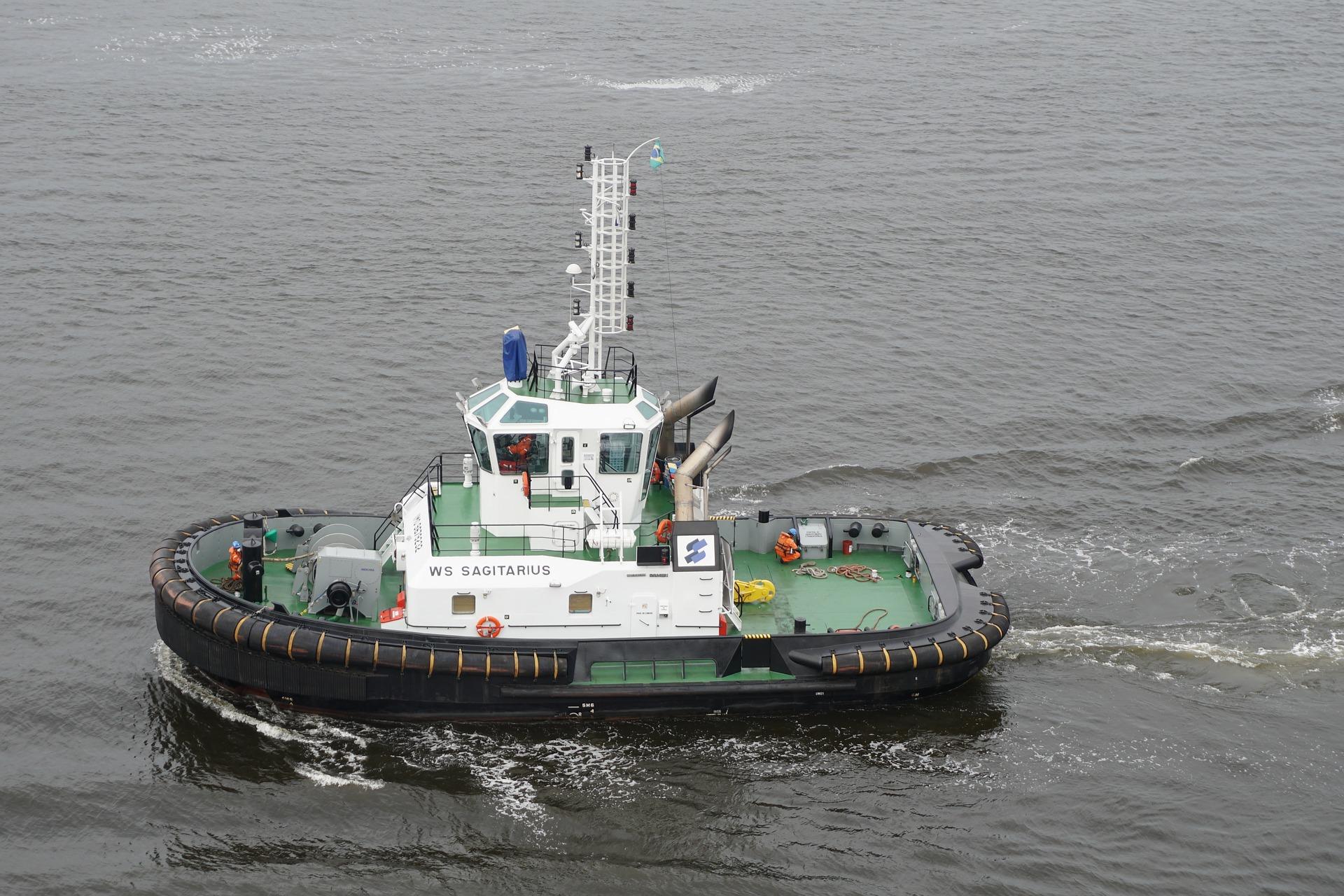The doctrine of unseaworthiness grants seamen a unique remedy to recover damages caused by an injury at work. If a risk occurs and makes the vessel unseaworthy, who would be legally responsible, though? See which party you can hold accountable for unseaworthiness and bring to court.
Claims for Unseaworthiness Against Vessel Employers
There are cases when your employer and the vessel owner are one and the same party, but at other times they could be two completely separate entities.
An important point to be aware of is that the claim for unseaworthiness is not limited to just your employer. However, vessel owners and employers are well experienced in defending against allegations of unseaworthiness, and you need to be just as prepared and well represented as they are.
Unseaworthiness Claims Against Non-Employers
Importantly, the claim for unseaworthiness is made against the vessel owner, because they owe every crewmember an absolute duty to keep and maintain the vessel in a seaworthy condition at all times. A ship is deemed seaworthy under maritime law if it is fit and safe for its intended use.
If you work for a vessel owner and you are injured on the vessel, then the proper entity to assert an unseaworthiness claim happens to be your employer, since that entity is also the vessel owner. However, if you work on the inland river system and are injured aboard a barge in your vessel’s tow due to the unseaworthiness of the barge and the barge is not owned by your employer, then you can assert:
- a claim against your employer for Jones Act negligence; and
- a claim against the barge owner for unseaworthiness.
What’s the difference between the Jones Act and unseaworthiness claims? Read the next article of the series - Unseaworthiness Pt.4 for some valuable insights that can support your personal injury case.
